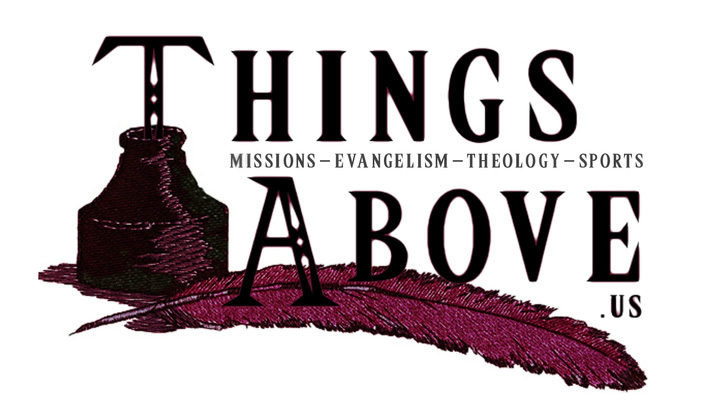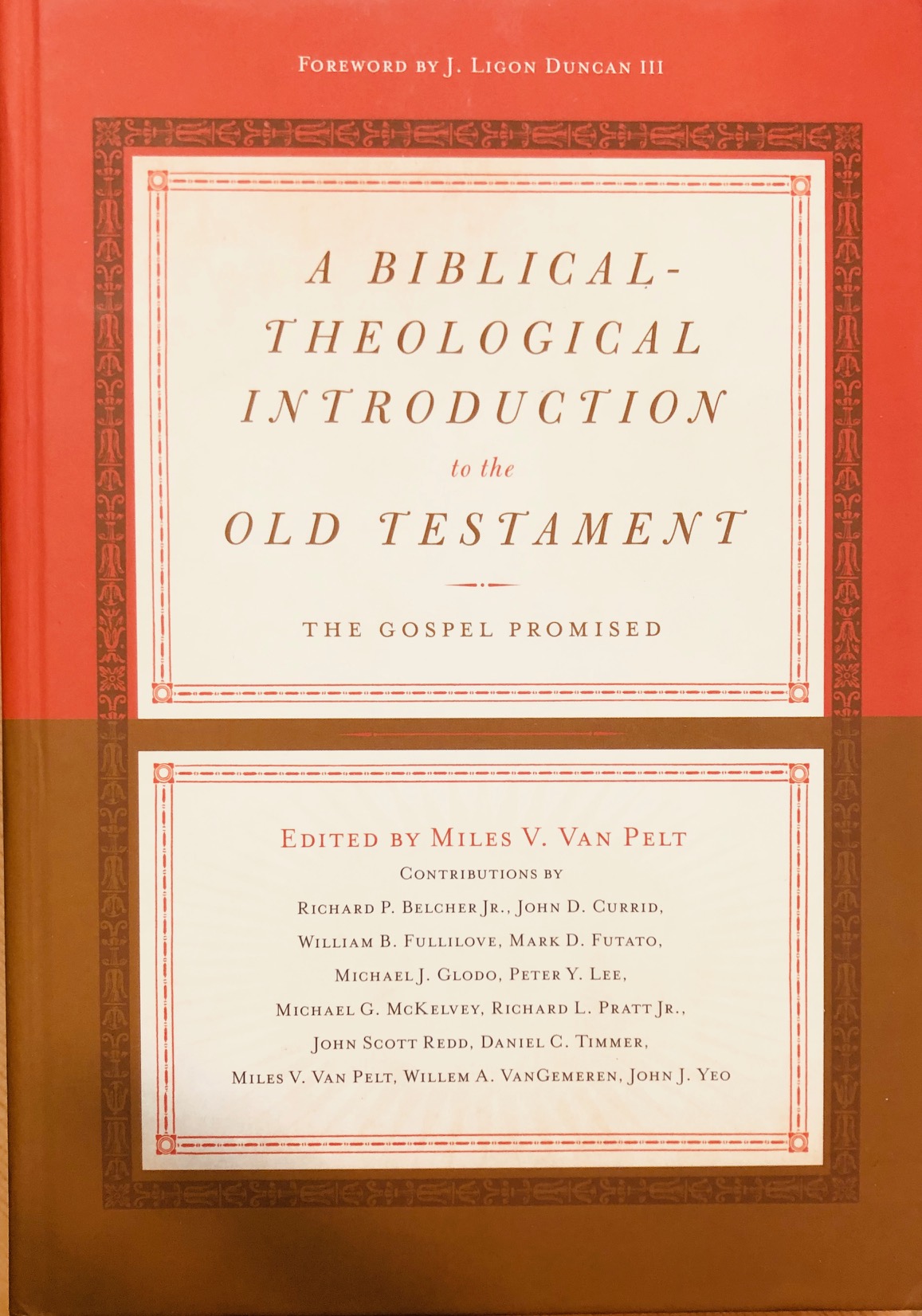A Biblical-Theological Introduction to the Old Testament: The Gospel Promised
by Miles V. Van Pelt. 601 pgs. (Publisher: Crossway)
Overview
What was God’s intention in giving us the Old Testament Scriptures? Is there one big idea or many themes to be found in the Old Testament? Is “Old Testament” even an appropriate term? In A Biblical-Theological Introduction to the Old Testament, the authors provide seminary and lay students, as well as the average lover of Scripture with a road map of where each particular book of the OT falls in the grand story of redemption that God has written for His people.
About the Authors
The work is edited by Miles V. Van Pelt (PhD. The Southern Baptist Theological Seminary). He is the academic dean of Reformed Theological Seminary (RTS) and ministers at Grace Reformed Church in Madison, Mississippi. Most of the contributing authors also have at least some affiliation with RTS.
Review
Bible Order
A distinctive and fascinating choice by the authors is to follow the Hebrew order of the OT, not the more well-known English order (32). So instead of Pentateuch, Historical Books, Poetry, and Prophets; the books are organized by Law (Pentateuch), Prophets, and Writings. The Prophets are then subdivided into Former and Latter Prophets, not “Major” and “Minor” Prophets as most of us in the English-speaking world have come to know. The Writings are broken down into “Life in the Land” (Psalms, Job, Proverbs, Ruth, Song of Songs, and Ecclesiastes) and “Life in Exile” (Lamentations, Esther, Daniel, Ezra, Nehemiah, and Chronicles). This choice may be distracting for some, but the authors give their reasons and it does not detract from the content of the volume itself.
Covenantal Framework
In keeping with their confessional commitments, Van Pelt and the other contributors argue for a covenantal framework of the OT. This makes for an interesting perspective since scholars have been debating the best way to describe if and how the OT is organized. The contributors begin with the structure of Law, Prophets, and Writings and then reason that the Law corresponds to Covenant itself, Prophets to Covenant History, and the Writings to Covenant Life (35-38).
Strengths and Weaknesses
Evangelical students of the Bible will appreciate what I think are the two main strengths of this book. The first and most important is the recognition that Jesus Christ is the theological center of the Scriptures, including the OT (25). If we are to take Christ’s claims seriously that the Scriptures testify of him, then this should be non-negotiable. (See John 5:39 and Luke 24:27 for starters.) To paraphrase the late John Gerstner, the idea of ever “unhitching” ourselves from the Old Testament may be “sayable but not thinkable.” The second strength of this book is the perspective that the Kingdom of God is the thematic framework of the OT (28). In Mark D. Fututo’s section on the Psalter, he asserts and makes a strong case that God’s kingship is the “dominant theme in the book of Psalms.” This is an important and valid perspective but ultimately, I think it is one that Christians can graciously disagree on.
I was particularly interested in how the authors would handle the new covenant promises found in Jeremiah chapter 31. The section on the book of Jeremiah was written by Peter Y. Lee, another RTS faculty member (277-303). Lee points to Jeremiah’s references to the “house of Israel” and the “house of Judah” in verses 27, 31, and 33 as examples of old covenant terms brought to bear on the church as a new covenant reality. Lee is also helpful in pointing out three major differences between the old and new covenants found in Jeremiah. First, the new is written on the hearts of God’s people and not on tablets of stone (cf. Jer 31:33). The allusion to circumcision of the heart in Deuteronomy 30:6 points to Jeremiah envisioning the work of God in transforming hearts by inscribing them with His law (295). Second, the new covenant promises that God’s people will no longer need a teacher to know the LORD because they will all know Him, from the least to the greatest (cf. Jer 31:34a). As Lee rightly puts it, “The beauty of the new covenant is that the Lord has already renewed the hearts of his people, and thus they no longer need to be taught (296).” Third and finally, the new covenant promised that the Lord would “remember their sin no more” (cf. Jer 31:34b) thanks to the perfect, completed sacrifice of the Messiah. Instead of the caricature of “replacement theology”, Lee presents “fulfillment” theology found in the new covenant (296-299).
Conclusion
A Biblical-Theological Introduction to the Old Testament is a book that Seminary students, lay leaders, and any serious lover of Scripture can appreciate. As a Baptist by conviction, there are unavoidable areas where I differ with Lee and the other contributors on the nature of the covenants and how the children of believers fit into them. That being said, I found a lot to appreciate about the observations made in this volume and I plan to make a go-to reference source.
A copy of this book was provided by the publisher in exchange for an honest review.






Religion is in decline because people today are putting their trust in the scientific method and not in ancient books…